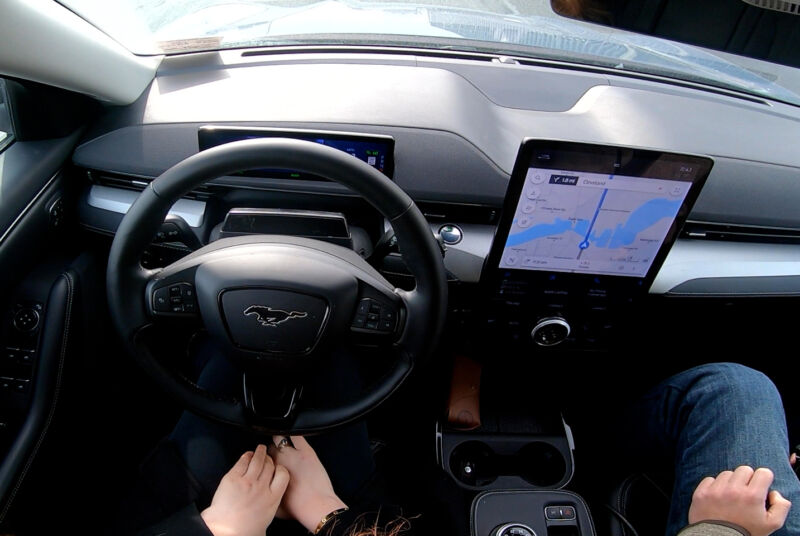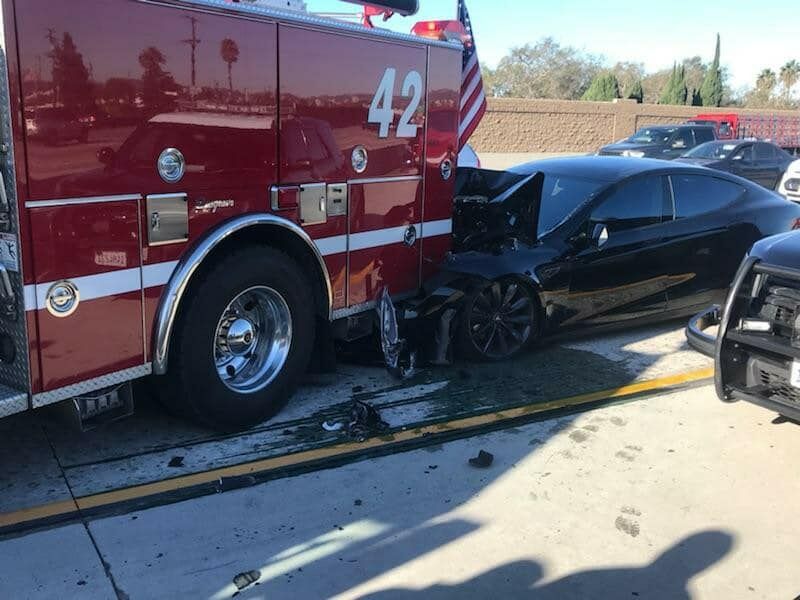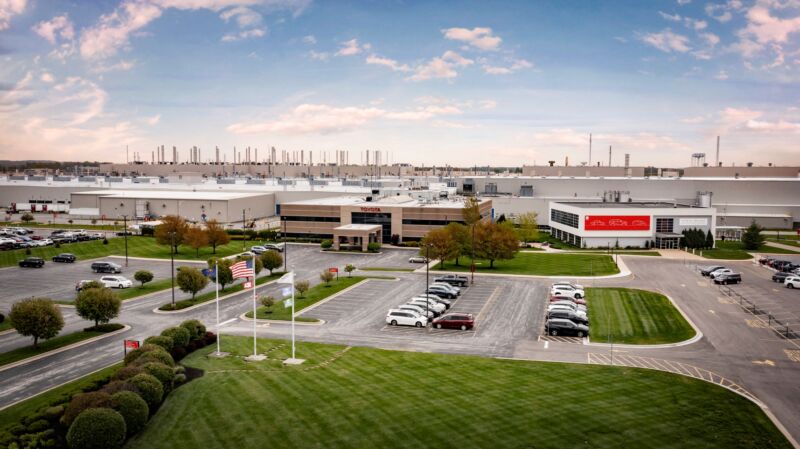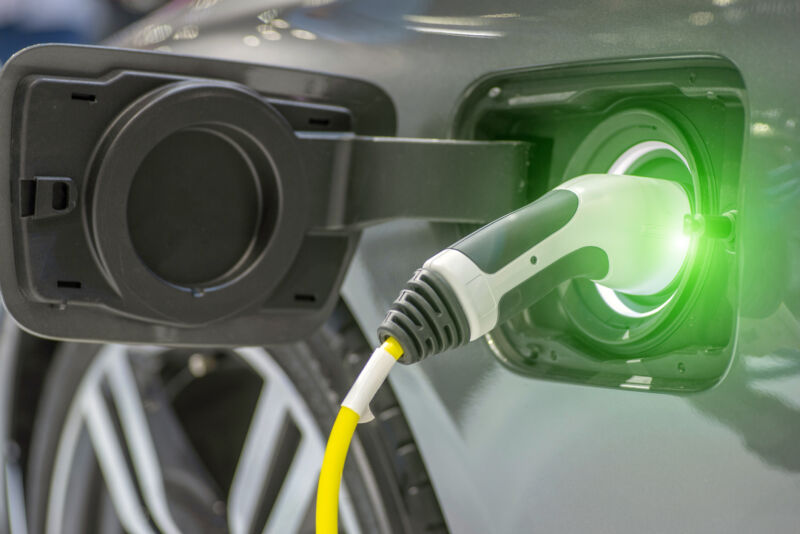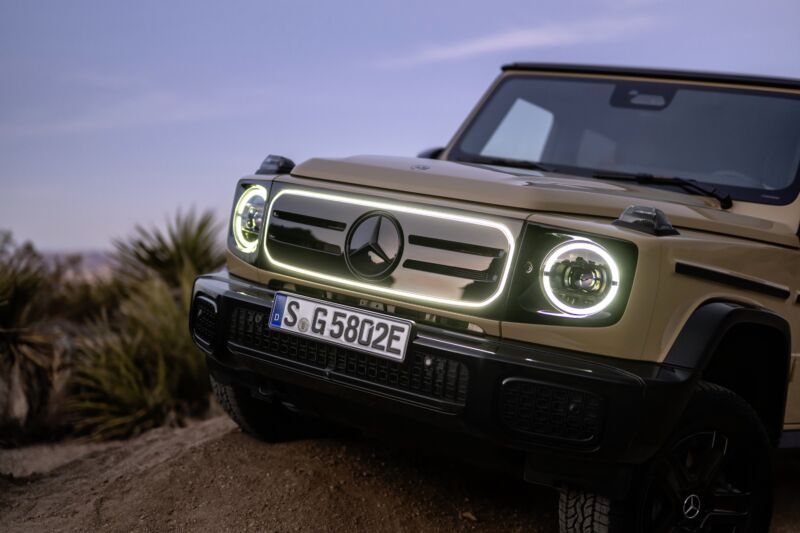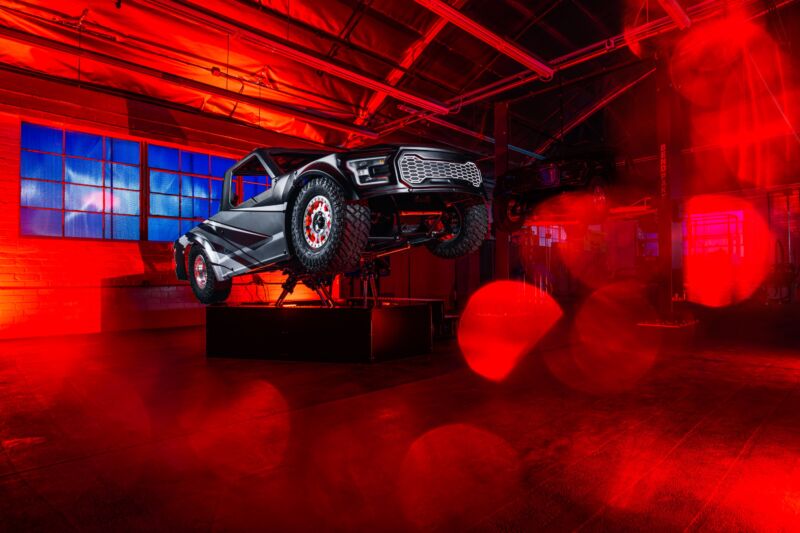
Enlarge
/
CXC Simulations needed to come up with something special for Norwegian Cruise Lines, so it built an off-road racing simulator. (credit: CXC Simulations)
Racing simulators keep evolving as graphics get more and more realistic while physical motion systems innovate new ways to mimic the sensation of driving a real race car. The task of rendering the controlled environment of a well-known racing circuit makes most modern sims a bit easier to understand, and the physical footprints of screens, seats, VR goggles, and motion systems continue to shrink. But now, leading developer CXC Simulations has unveiled a massive sim that offers a more embodied experience of off-road racing. The project began in partnership with Norwegian Cruise Line, but CXC will now sell the Motion Pro Truck to the general public, albeit at a starting price of $600,000.
I visited CXC's headquarters in Los Angeles to learn more about how
the wild physicality of high-speed off-roading
translates to sim racing. After all, the company's
most popular Motion Pro II sim setup
typically features a compact racing seat, steering wheel, and pedals atop a small base platform, with the choice of one or three screens or a set of VR goggles. The Motion Pro II has proved popular since founder Chris Considine originally launched CXC out of his garage in 2007, to the point that his company now works with professional racing teams, enthusiasts, federal government agencies, the military, and law enforcement agencies on six continents.
I tested CXC's Motion Pro II, which is equipped with three 55-inch screens, and Considine loaded me into a Radical SR8 racecar at the Watkins Glen circuit. The realistic pedals and steering wheel feedback, as well as subtle tilting at the seat of my pants and seatbelts that tightened under hard braking, all contributed to a fun experience. And as someone who typically suffers from motion sickness, I never felt any nausea creeping in—while appreciating how much the wraparound triple screens contributed to a sense of speed that other single-screen sims entirely lack.
chevron_right



